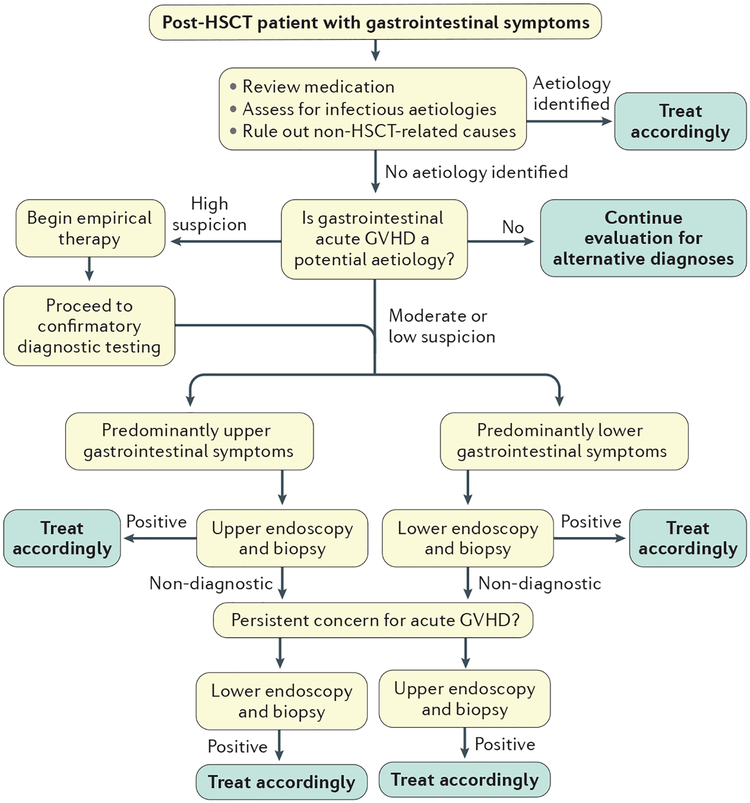Figure 2 |. Recommended diagnostic algorithm for patients with suspected gastrointestinal acute GVHD after HSCT.
Post-haematopoietic stem cell transplantation (HSCT) patients who develop gastrointestinal symptoms must be carefully evaluated. The initial step is to review medications that might cause gastrointestinal adverse effects, assess for acute infection and rule out non-transplant-related gastrointestinal illness. If these aetiologies are excluded, graft-versus-host disease (GVHD) must be considered as a potential aetiology. If there is a high suspicion for gastrointestinal acute GVHD, empirical treatment can be initiated as the diagnostic work-up is undertaken. If there is a moderate or low suspicion for gastrointestinal acute GVHD, an endoscopic evaluation should be undertaken in accordance with the patient’s predominant symptoms (upper or lower gastrointestinal). Once a diagnosis is established, treatment should be promptly initiated. If the initial study is non-diagnostic but gastrointestinal acute GVHD is still a concern, further endoscopic evaluation should be undertaken. Once a diagnosis is established, appropriate therapy must be initiated. First-line therapy for GVHD typically includes corticosteroids.

